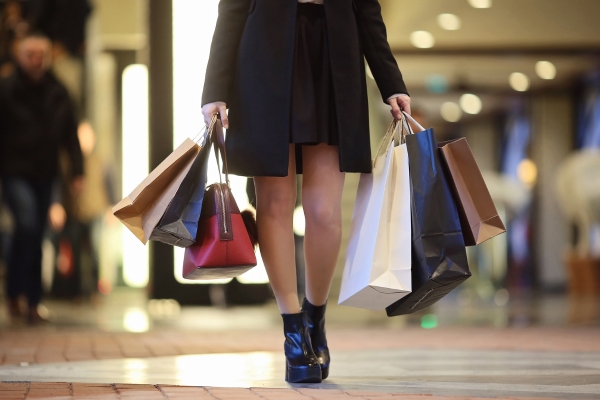Source: Forbes
Forbes recently published their seven “under-the-radar” trends for 2017 in terms of retail.
Bryan Pearson asked retailers “What do you predict will be the stealth trends of 2017?” Here’s what they noted:
The Menaissance: “We will continue to see men take the lead in spend(ing). Already, for the first time ever, men are outspending women by 13% and early indicators predict that the menswear market will expand 8.3% next year (“The Boutique@Ogilvy 2016 Men’s Shopping Report”). That’s 1.5 times more than women’s! Expect more struggling retailers to bring menswear front and center.” — Christine Sica, retail analyst and CEO of Mox Group Strategists, Miami, Florida
Getting personal, artificially: “The savviest retailers are taking advantage of advancements in machine learning, deep analytics and artificial intelligence (AI) for a more targeted and personalized shopping experience. Customers now have longer digital footprints (shopping histories, social media profiles and interests), giving retailers easy access to offer a tailored selection of products. Brands such as The North Face and 1-800-Flowers.Com are already using AI to provide personalized recommendations.” — Emily Bezzant, head analyst at Edited, a retail analytics company with offices in New York, London and Melbourne
Co-shopping means growing carts: “Increasingly, the task of grocery shopping is being divided among various family members. Nearly 60% of households (58%, according to the Food Marketing Institute) share shopping responsibilities. For food retailers, this could mean more baskets, which is great for sales, but it introduces communications challenges. Retailers will want to examine household data, if possible through reward programs, to better identify individual shopper preferences within households.” — Cassandra Moren, industry marketing specialist at Precima, a retail analytics consultant in Toronto
Leaving home without it: “Having your phone (will be) more important than your physical wallet. With contactless cards expected to double worldwide by 2021 (ABI Research), 2017 will be the year people begin to ditch the (physical) wallet as merchants start to standardize the acceptance of contactless mobile wallets and create incentives to pay this way, downloadable directly to your device.” — Glen Robson, executive vice president, global head of solutions at Verifone, San Jose, California
Small will be the next big: “(This) emerging retailing trend will reshape the retail landscape in the future. Specifically, demographic shifts — with both aging baby boomers and young millennials looking for a more personal shopping experience, as well as heightened expectations from affluent consumers — will favor the special services and products that only local small businesses can provide.” — Pam Danziger, author of “Shops That POP!” and researcher at Unity Marketing in Stevens, Pennsylvania
Crowdsourced goods: “We will see more brands actively engaging in crowdsourced products. Digital and social media have provided countless opportunities to engage with so many people at once about subjects, products and ingredients that are interesting or culturally significant. This has helped to level the playing field by democratizing access to people so now any brand, regardless of marketing or research budget, can effectively and efficiently have direct and real dialogue with its communities on a broad scale.” — Richelieu Dennis, CEO of Sundial Brands, maker of skin-, hair- and body care products, Amityville, New York
Digital marketplaces will rule: “Retailers will begin to shop just like consumers in connected B2B marketplaces, speeding up and streamlining tedious and burdensome backend processes and, ultimately, getting better products to market faster. (These) digital marketplaces will allow for adoption of more visual, collaborative and social tools in 2017.” — Sue Welch, CEO of Bamboo Rose, a digital B2B marketplace in Boston, Massachusetts
Read the full article here.


